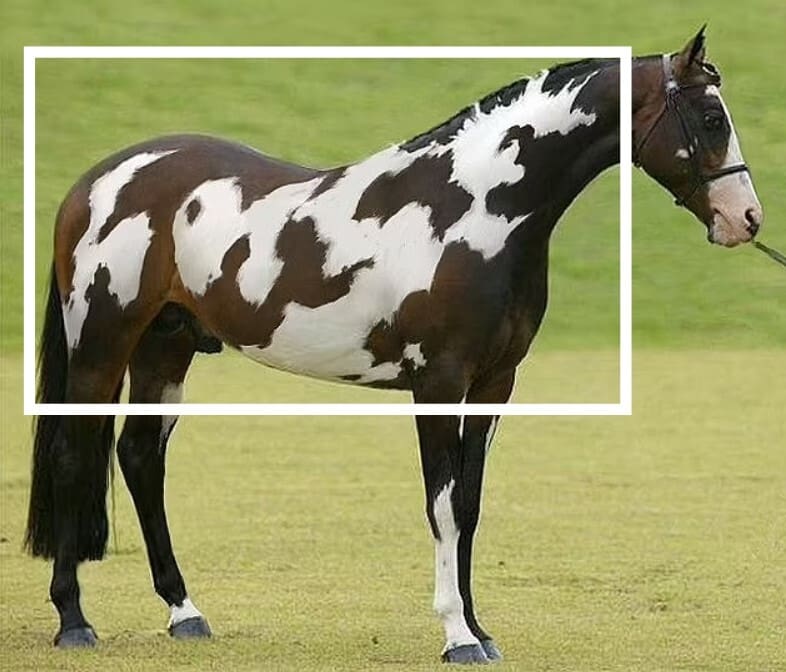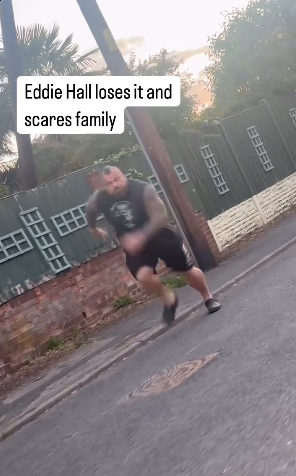A new brain teaser has taken the internet by storm, challenging viewers to spot a “second horse” hidden within the coat of a painted stallion. This puzzle, claimed to be a measure of high intelligence, is intriguing people worldwide, and it is suggested that only those with sharp observational skills can solve it in under 10 seconds.
The image features a full-grown horse standing majestically in a field. At first glance, it appears to be a straightforward picture, but there’s a twist. Instead of looking for an actual second horse, the challenge lies in deciphering an optical illusion within the horse’s coat. The puzzle’s creators encourage viewers to focus on the white sections of the horse’s coat. If you look closely and shift your perspective, you can see the letters H-O-R-S-E cleverly hidden in the pattern of the fur. These letters form the word “horse,” which is the “second horse” referred to in the brain teaser.
This brain teaser is not just a fun diversion but also a testament to the value of puzzles in enhancing cognitive abilities. Solving puzzles like this one requires quick thinking and creative problem-solving, which engages the brain’s prefrontal cortex. This part of the brain is responsible for critical functions such as decision-making, concentration, and problem-solving. By stimulating this area, puzzles can help improve these cognitive functions over time.
Scientific studies support the benefits of engaging in brain teasers. They show that such activities can enhance memory function, boost mental agility, and improve overall cognitive development. Each time you solve a puzzle, your brain releases dopamine, a neurotransmitter that plays a key role in memory, concentration, and mood regulation. This release of dopamine creates a rewarding feeling, encouraging further engagement in similar activities.
Furthermore, a 2021 study highlighted that the stress generated while solving brain teaser games—referred to as “logic stress” and “limit stress”—positively impacts attention and problem-solving abilities. These types of stress activate the brain’s frontal lobe, which is crucial for maintaining focus and processing information quickly. Engaging in puzzles can therefore help prevent cognitive decline, making them a beneficial exercise for people of all ages.

However, it’s essential to remember that not all brain teasers test the same skills. Some focus on mathematical or logical thinking, while others, like the horse puzzle, test observational skills. If you struggled with this particular brain teaser, it might not reflect a lower IQ but rather indicate that your strengths lie in other types of intelligence.
In summary, the “second horse” brain teaser is more than just a fun challenge—it’s a tool for boosting brain function and a reminder of the diverse ways we process and interpret information. Whether you solved it quickly or took a bit longer, engaging with such puzzles can only be beneficial in the long run.




